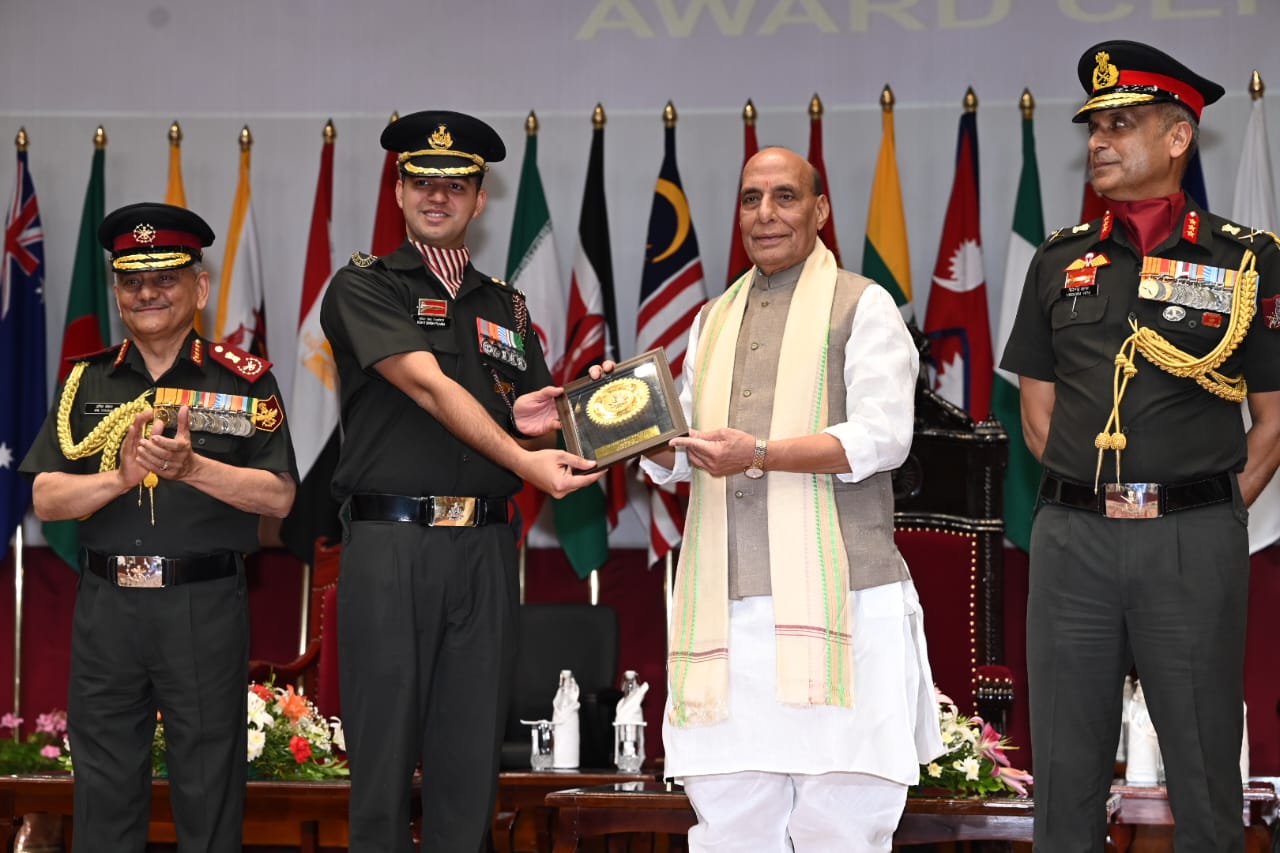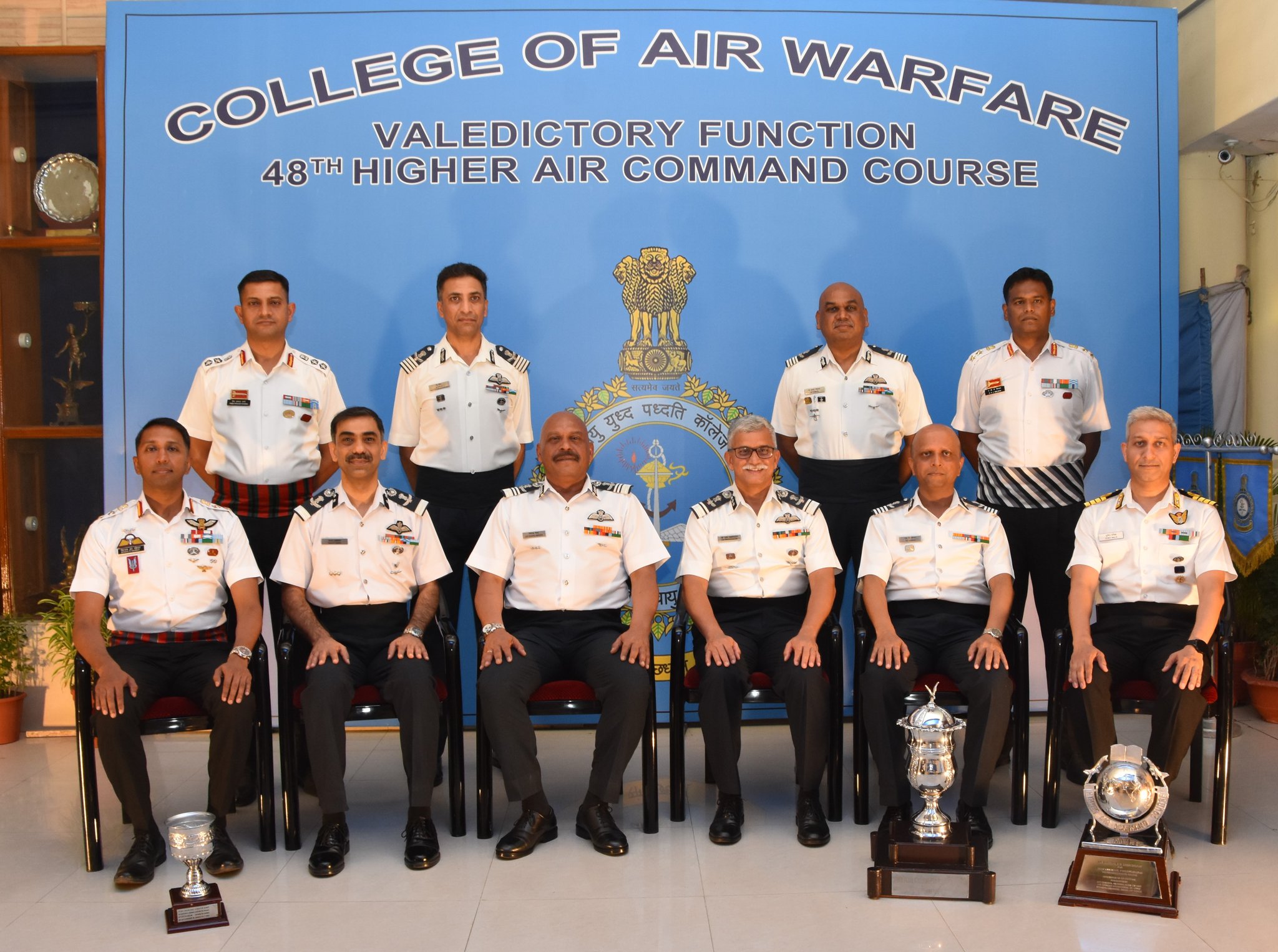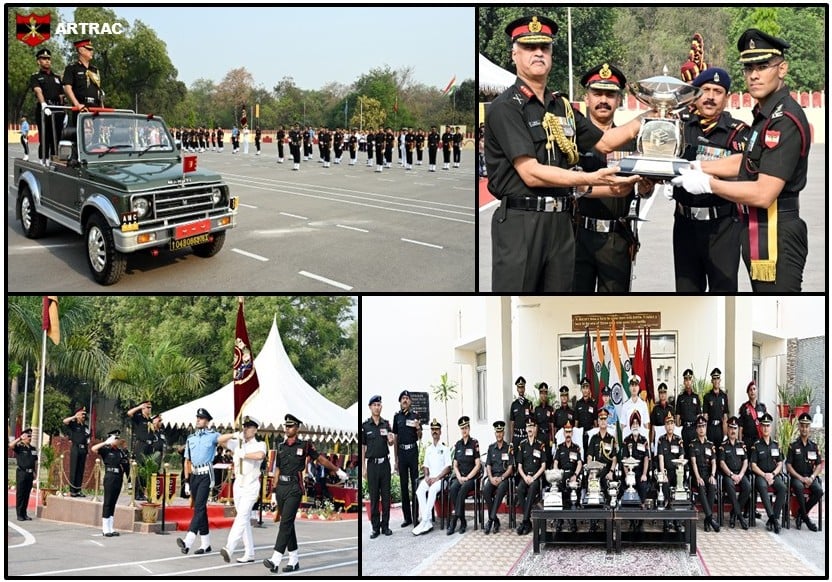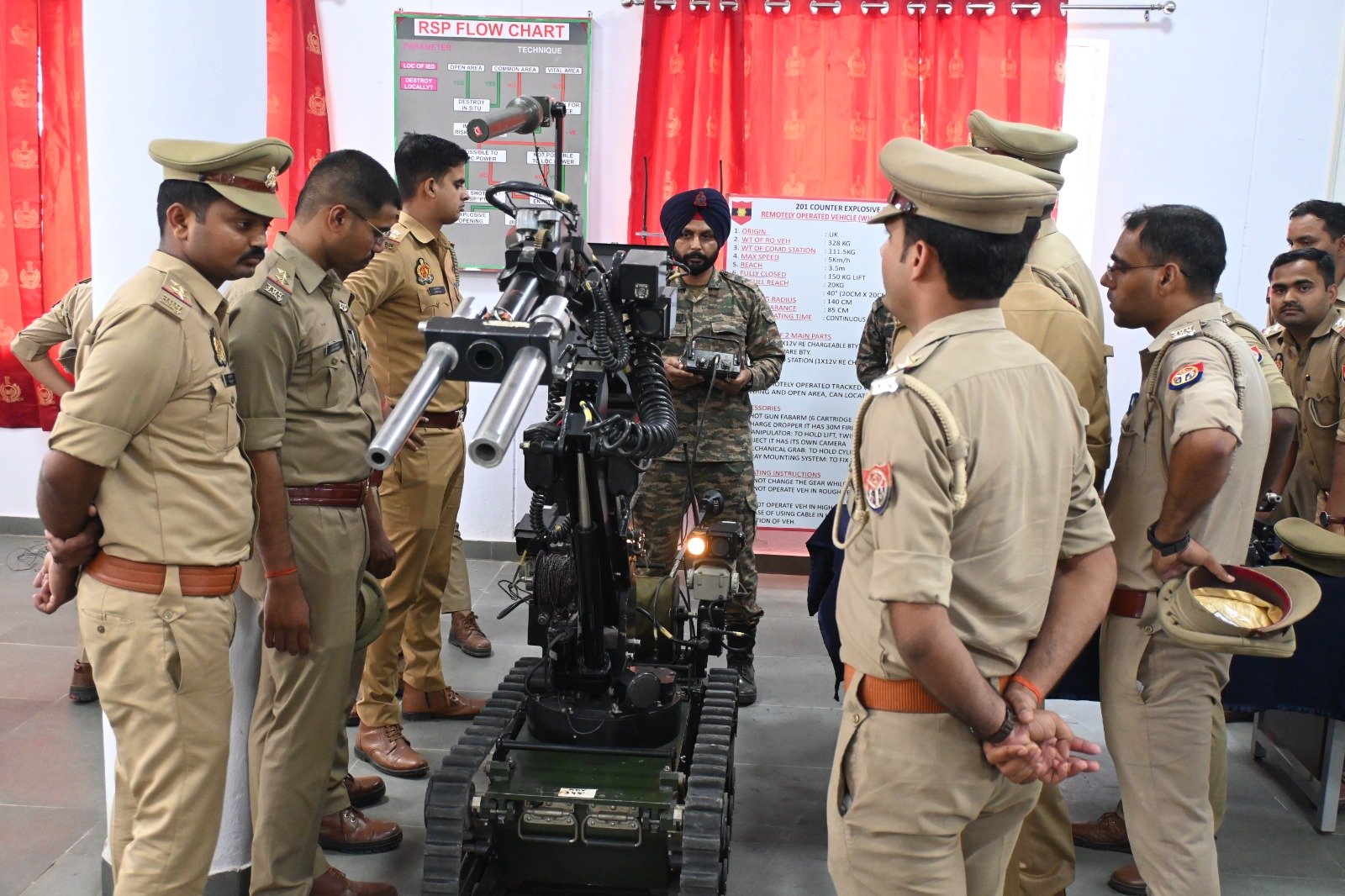The Indian Army is intensifying its modernization initiatives with a clear focus on developing “SMART Soldiers” equipped with state-of-the-art technologies. This was recently announced by Chief of Army Staff General Upendra Dwivedi during his address at the 64th National Defence College (NDC) Course, where he underscored that the ongoing advancements, including the F-INSAS (Futuristic Infantry Soldier as a System), will significantly enhance the operational capabilities of the Army. These developments are aimed at preparing the force for future conflicts, particularly in high-altitude environments and diverse terrains.
Speaking on the theme “Decade of Transformation: Indian Army in Stride with the Future and Nation Building,” General Dwivedi articulated that the modernization efforts are integral to India’s vision of achieving a self-reliant and future-ready military by 2047, aligning with the broader goal of “Viksit Bharat” (Developed India). The advancements will see an increase in surveillance capabilities through the deployment of nano drones and satellite technology, alongside establishing dedicated Research & Development centers for drone innovation.
The focus on precision strike capabilities is also pivotal in this strategy, with enhancements targeting accuracy, long-range munitions, and comprehensive post-strike assessments. Furthermore, the communications infrastructure will undergo significant upgrades with the introduction of Software Defined Radios, SAMBHAV secure networks, and anti-drone technologies. The operational readiness of the Army will be bolstered by integrating new assets, including light tanks and swarm drones, into its arsenal. Logistics systems are set for improvement through the incorporation of logistic drones and robotic mules, as well as employing a tri-service approach to more efficient inventory management.
To further optimize its warfighting capabilities, General Dwivedi outlined structural changes that involve the introduction of Rebal 1.5. This initiative aims to streamline command, control, and training processes, while Rebal 2.0 focuses on adapting to the evolving interdependencies of the Diplomatic, Informational, Military, and Economic (DIME) frameworks. Significant initiatives in this regard include the establishment of Integrated Battle Groups tailored for the Mountain Strike Corps and the creation of specialized units such as the Signals Technology Experimentation & Adaptation Group (STEAG) to enhance secure communications.
Additionally, there will be an expansion of cyber and electronic warfare capabilities and intelligence operations within the Army. To further bolster its linguistic and cyber competencies, the Army Knowledge & Enabler Corps will be activated. Recognizing the changing landscape of warfare, artillery regiments will standardize on 155mm guns, while the roles played by Territorial Army units will also be expanded.
This comprehensive modernization strategy reflects the Indian Army’s commitment to transforming into a more capable and self-sufficient force ready to meet the challenges of modern warfare.












